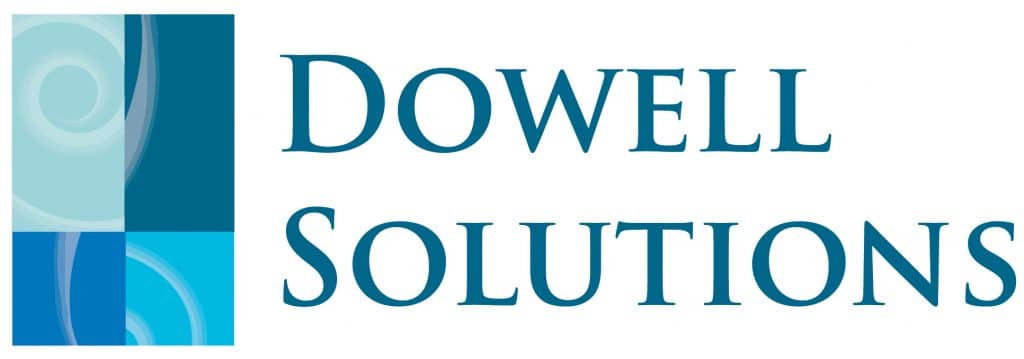Recently, we had a client ask about the tagging and testing requirements under the new NSW WHS Legislation as it has confused them as to what is now required to ensure they are in compliance.
In summary, the WHS Regulations 2011 Clause 150 (1) states that a PCBU at a workplace must ensure that electrical equipment is regularly inspected and tested by a competent person if the electrical equipment is:
- Supplied with electrical through an electrical socket outlet; and
- Used in an environment which the normal use of the electrical equipment exposes the equipment to conditions that are likely to result in damage to it or reduce its expected life span. This includes conditions that involve exposure to moisture, heat, vibration, mechanical damage, corrosive chemicals, or dust.
It then goes onto to say, that any electrical equipment that is new and unused and that are not in exposed to conditions that are likely to cause it damage or reduce its life span, such as moisture, heat, vibration, mechanical danger corrosive chemicals or dust, are not required to comply to the above clause 150 (1) must be inspected for obvious damage before used.
This means that items that if they are in an office environment and not in an environment as described above in the first paragraph, they wouldn’t require regular inspection and testing. However, areas such as workshops, factories, maintenance, or manufacturing areas would be considered to have exposed conditions to dust, heat vibrations, etc., and would be required to be part of a tagging and testing program.
However, the legislation doesn’t discuss or direct us in the frequency of testing that is required. The Australian Standard for Tagging and Testing (AS/NZS 3760:2003 In-service safety inspection and testing of electrical equipment) is the document that advises of the frequency of testing required, depending on what type i.e. fully insulated, etc.
